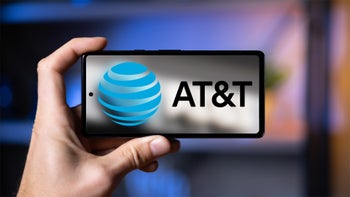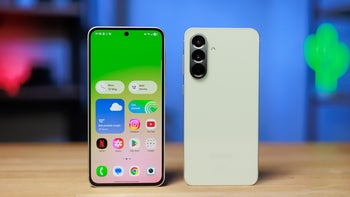We used Microsoft HoloLens and it is awesome!

Let’s just state it plainly: This tech is really cool, and it is going to change the world. We will also state it plainly that HoloLens is not ready for prime time…yet.
Microsoft set up tightly orchestrated, scripted, and highly secure demonstrations of HoloLens for developers and members of the media. It was a multi-phased affair, and was managed off-site from the Moscone Convention Center where the main conference was being held.
At that time, we were permitted to take a few pictures of HoloLens, on a behind-the-glass-do-not-touch case. Then, we had to lock our personal belongings, including all smartphones, cameras, smartwatches, et al, into individual lockers before being escorted into yet another room to wait to be escorted again into a presentation tent. To record our impressions, we were given good old fashioned notepads and paper.
HoloLens, Skype, Minecraft, and 3D printing
The first stop in the demonstration was a live performance given by Dan and Joe. Joe donned HoloLens while Dan went backstage and manned his PC (running Windows 10 of course). Joe executed a Skype video call with Dan. After showing how the video image (called a card) could be moved and pinned to certain parts of the room, the two then began trading holograms and each could manipulate the virtual space.
With the mind-share that Minecraft occupied during the second day of Build, from the Keynote to HoloLens demonstrations, it is clear that the next big chapter for Minecraft is that as a hologram creation environment.
The 27th floor
As soon as that performance was done we gathered our items from their lockers and were escorted again to the elevators and whisked to the 27th floor of the hotel. Like the lower level, Microsoft has booked the entire floor.
After locking our belongings in another set of lockers we were brought into a room to measure our inter-pupillary distance (IPD), the distance between the pupils of our eyes. This is necessary to properly calibrate HoloLens once it is worn to ensure the user can view the images in the stereoscopic eyepieces. That exercise will need to be streamlined to be end-user programmable for HoloLens’ eventual market release.
Using HoloLens – what is it like?
See our first point: This tech is really cool, and it is going to change the world. The main head band fits on your head at about the same alignment as you might wear a baseball cap. The arms that are attached to the visor are adjustable, allowing you to comfortably place HoloLens the way you might wear eyeglasses.
The “real” world is not obscured at all by HoloLens, and when the augmented elements appear, it is as if they fit in the room perfectly. In this case, software from construction company Trimble was being used, and a scale-model construction rendering was on display.
The integration of HoloLens and the accompanying computer and mouse was excellent, and very intuitive. Interaction with HoloLens is managed by “Gaze, Gestures, and Voice,” what Microsoft calls “GGV.” The gaze is simply what you are looking at, the gesture we used was air-tapping (like clicking a mouse in the air) and it is used in conjunction with where you are looking. The voice part involved leaving a message for someone in a mock construction set-up. The messages appear as virtual post-it notes on various parts of virtual wall.
The imagery as viewed from within HoloLens is extraordinary. It showed absolutely no signs of lag or flutter. Of course these were prototype units running in a carefully prepared demonstration environment. We were not even permitted to hold the unit without an extra set of hands.
The field of vision is a lot narrower than we expected. The holograms are projected in a smaller box overall. Whether this is a technical confinement, or a design decision is not known. The benefit of that is HoloLens does not consume your entire field of view, so you still have your peripheral vision and can maintain situational awareness.
The demonstration was aimed primarily for the enterprise use-case, and while the interface is still a work in progress, it still has commercial and consumer appeal. Much of the demonstration was controlled by one of the guides in the room, but that did not really take anything away from the experience.
Expectations
During its announcement, Microsoft said that HoloLens would be released “within the Windows 10 time frame.” That leaves a wide-open window for when we see a market release of HoloLens.
All the devices Microsoft brought to Build 2015 are prototype builds, so we expect a number of design enhancements and likely technological enhancements before anything becomes available for businesses or consumers. As such, no specifications were provided, no hardware features were revealed, and few questions were answered.
Microsoft did offer that the developers that engaged in more detailed demonstrations had high-praise for the platform. Given Microsoft’s Universal platform for apps, HoloLens has an important role to play.
What we got to use was clearly still a work in progress, but Microsoft is putting considerable resources behind the effort. That is a doubled-edged sword, expectations are being set very high early in development. That means HoloLens must be an undisputed home run once it reaches end-user heads.
Follow us on Google News














Things that are NOT allowed:
To help keep our community safe and free from spam, we apply temporary limits to newly created accounts: